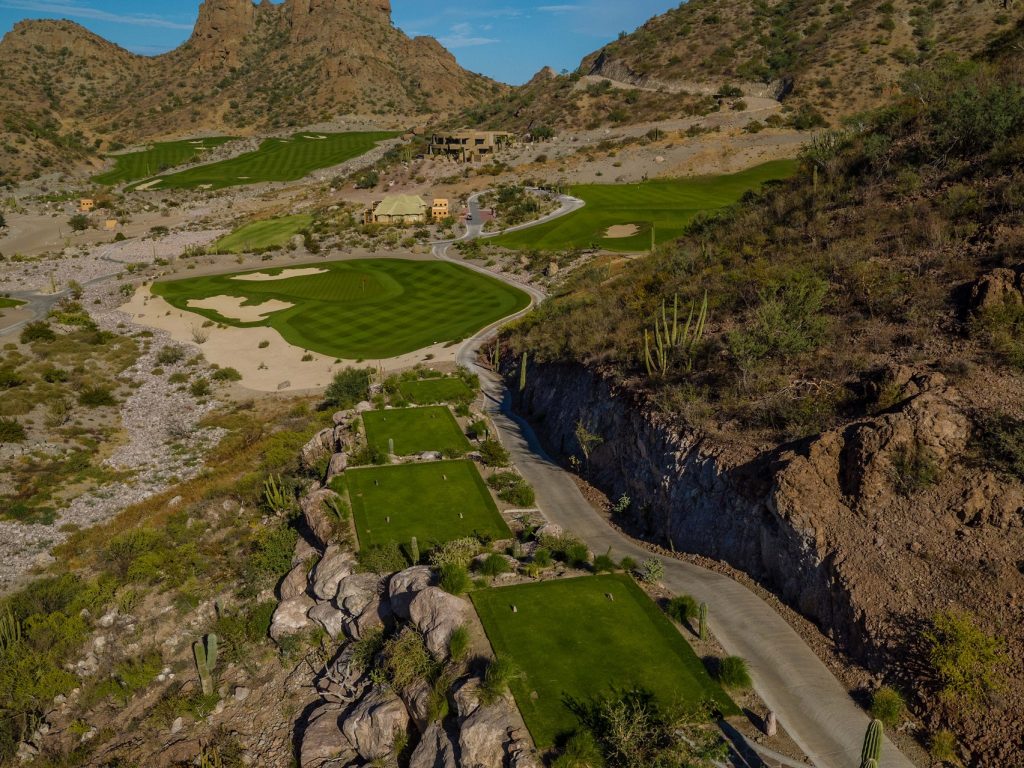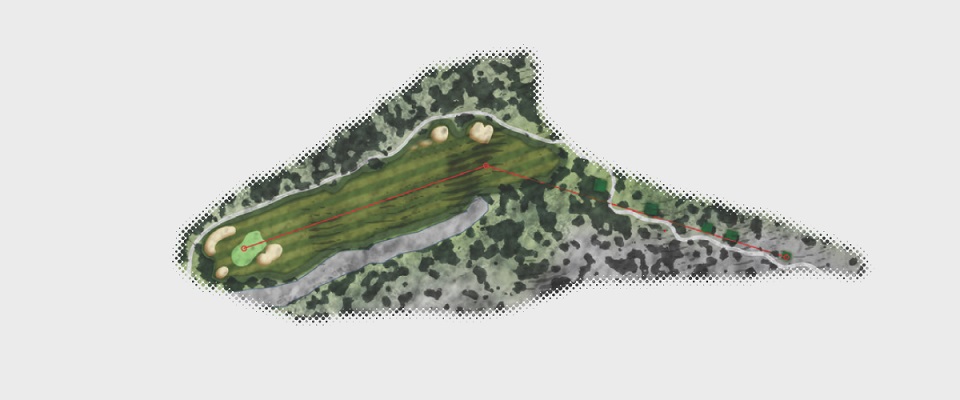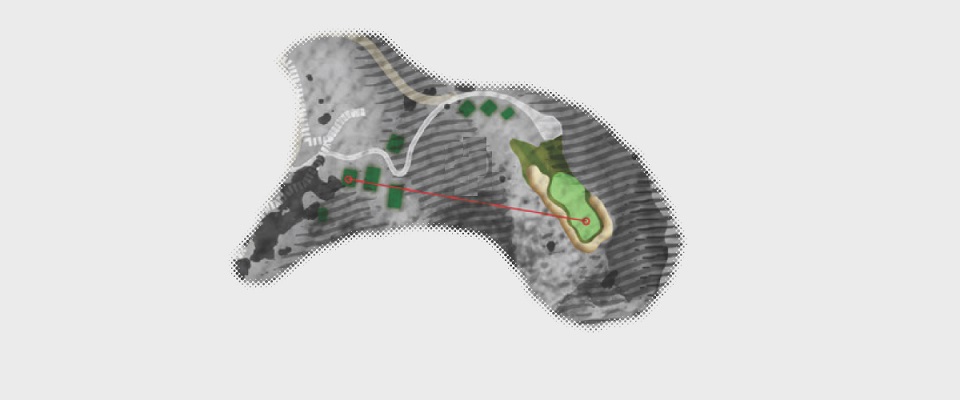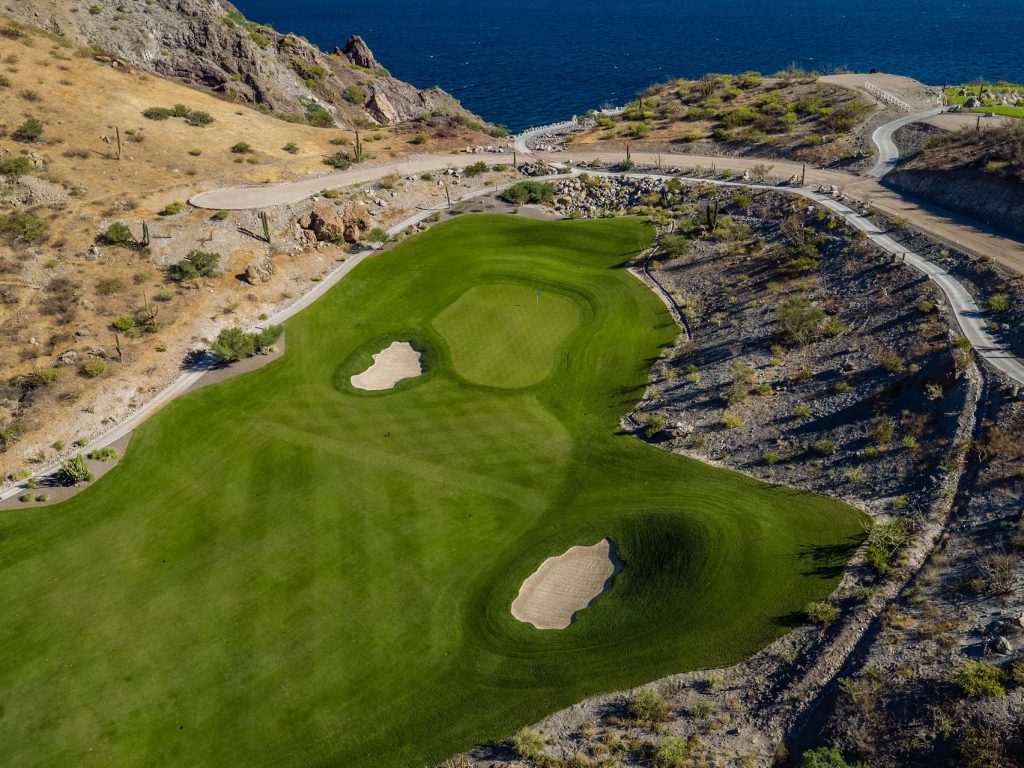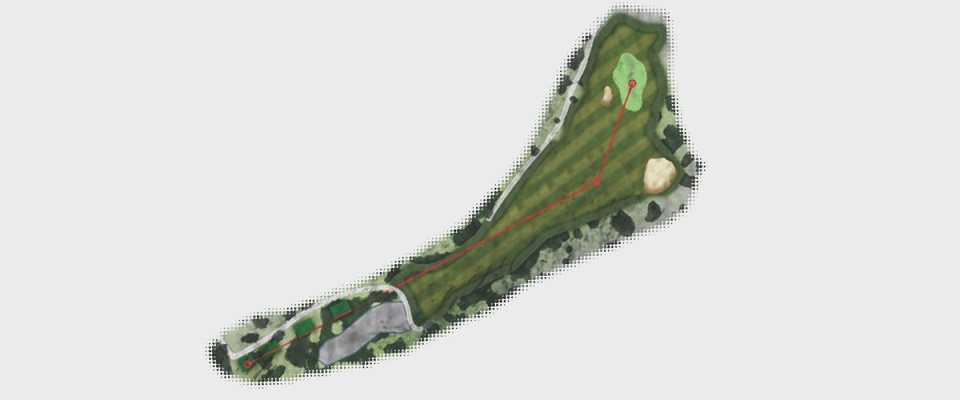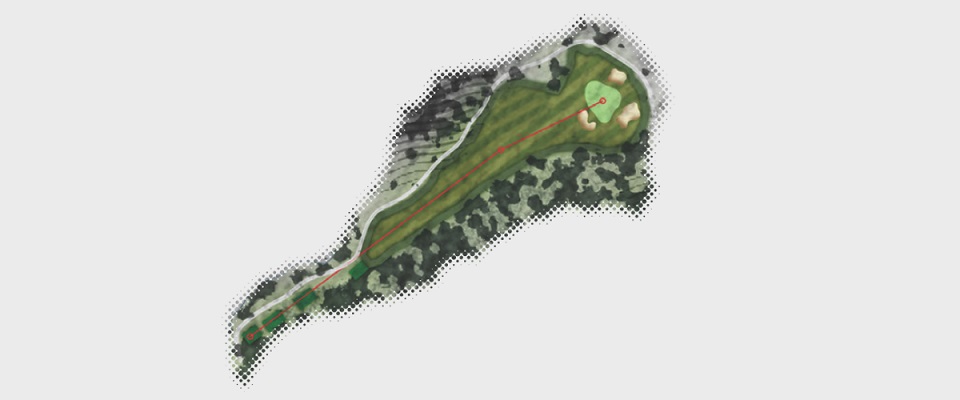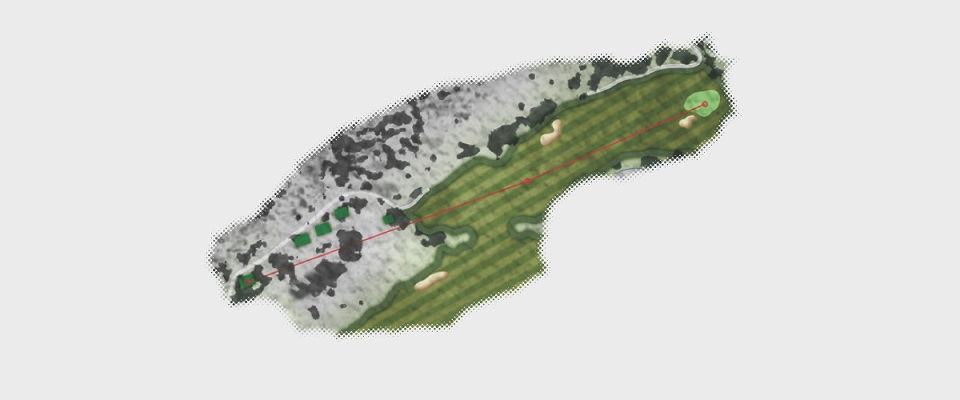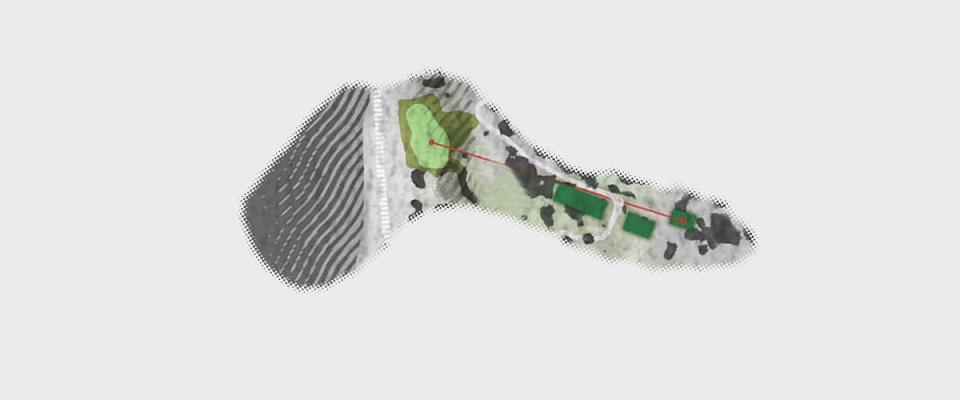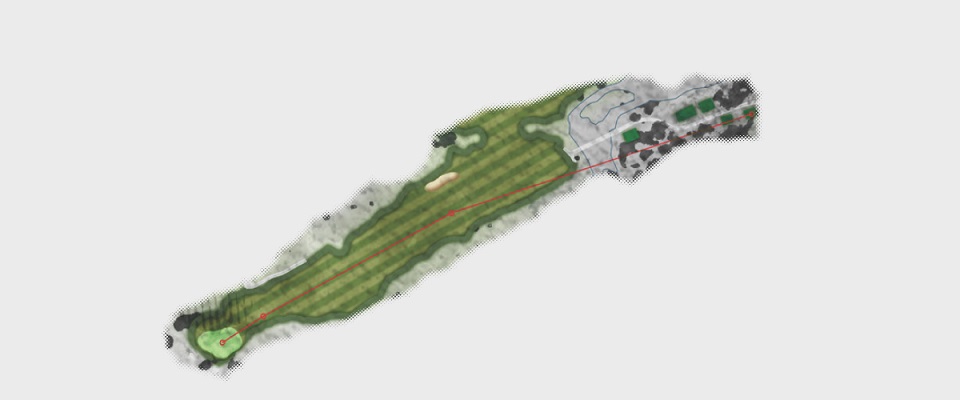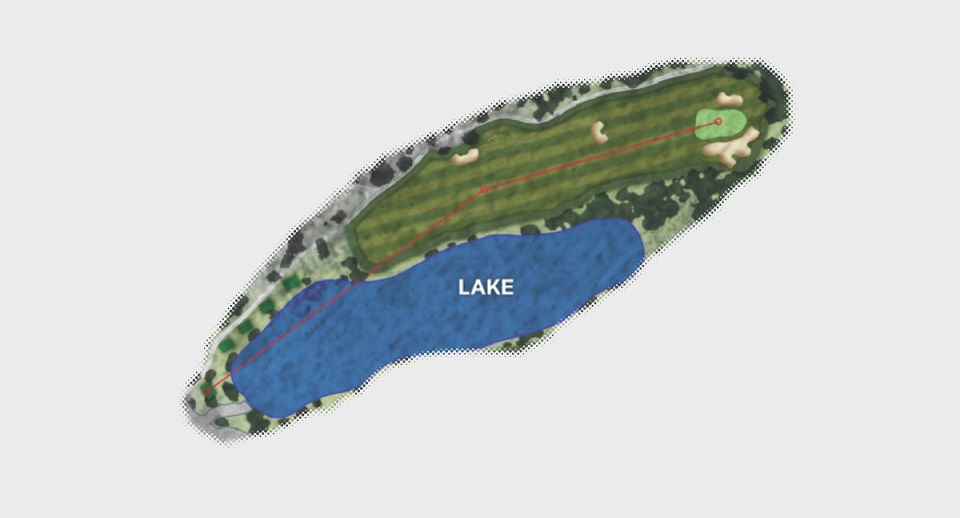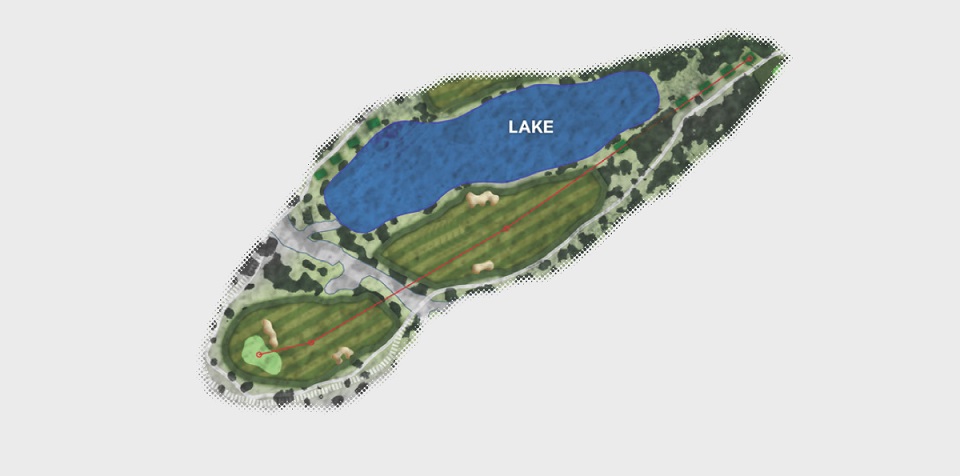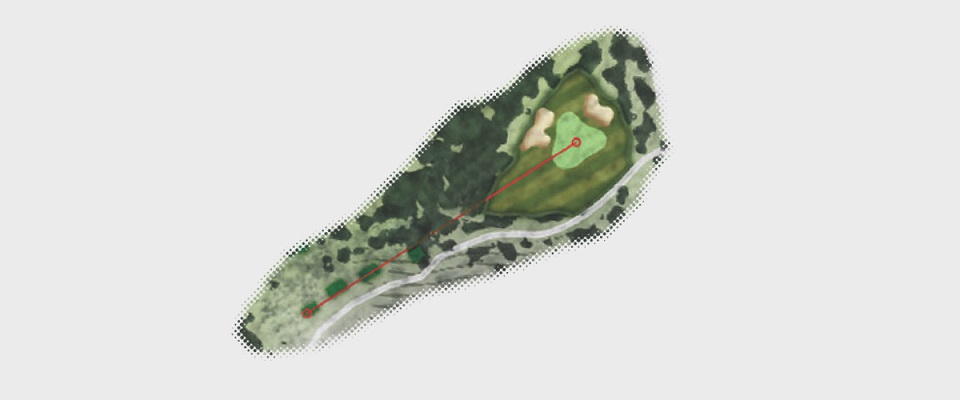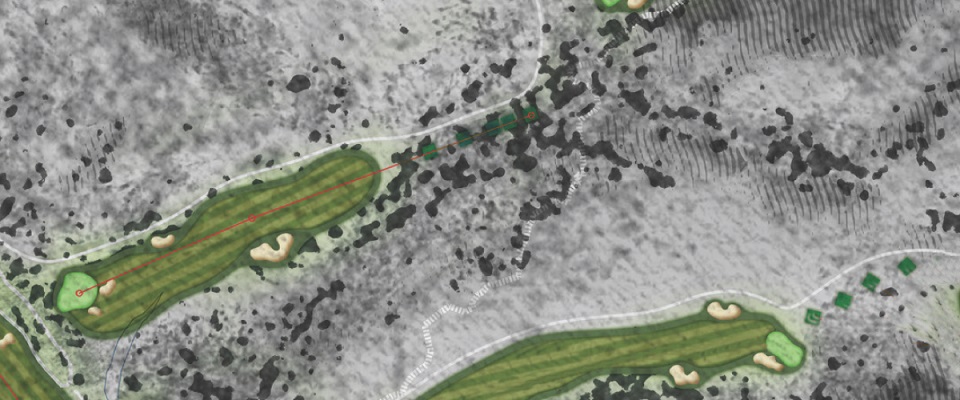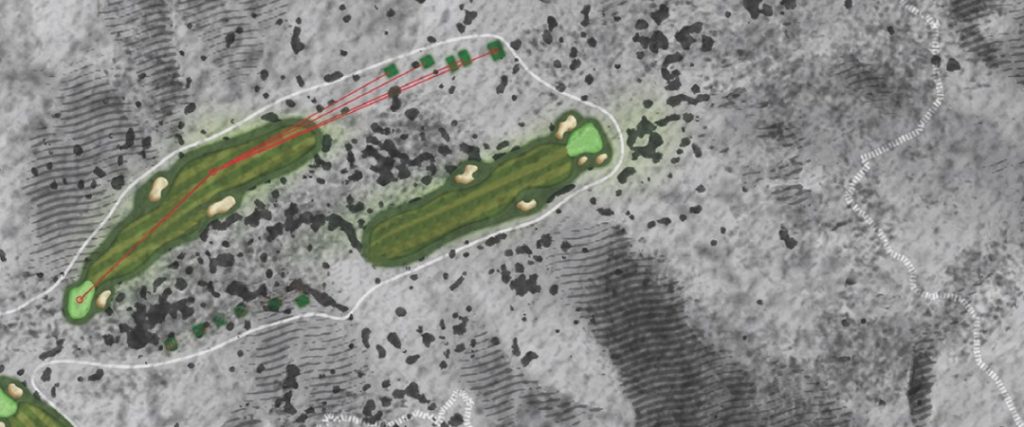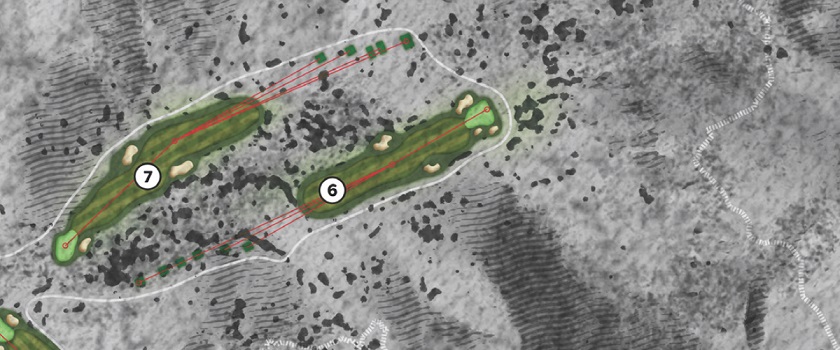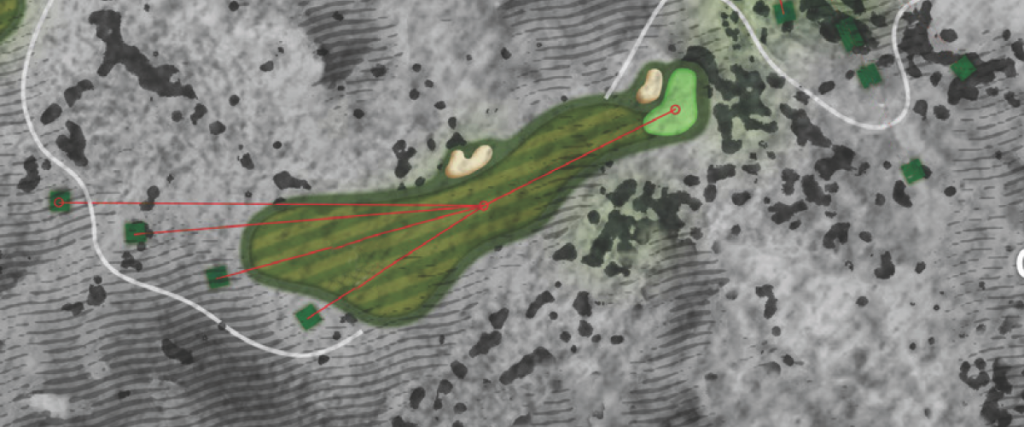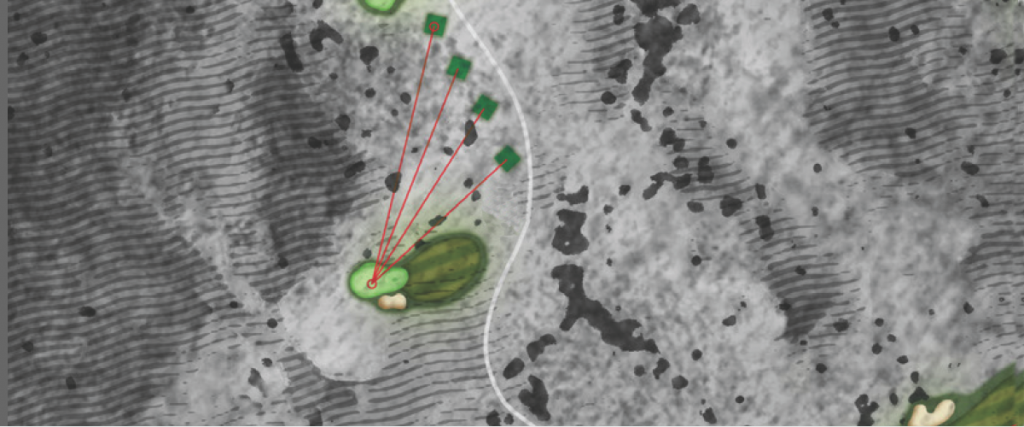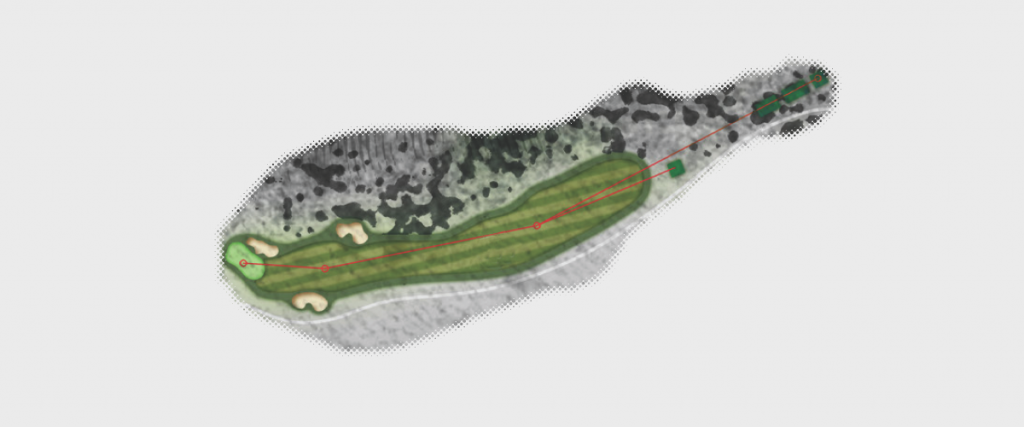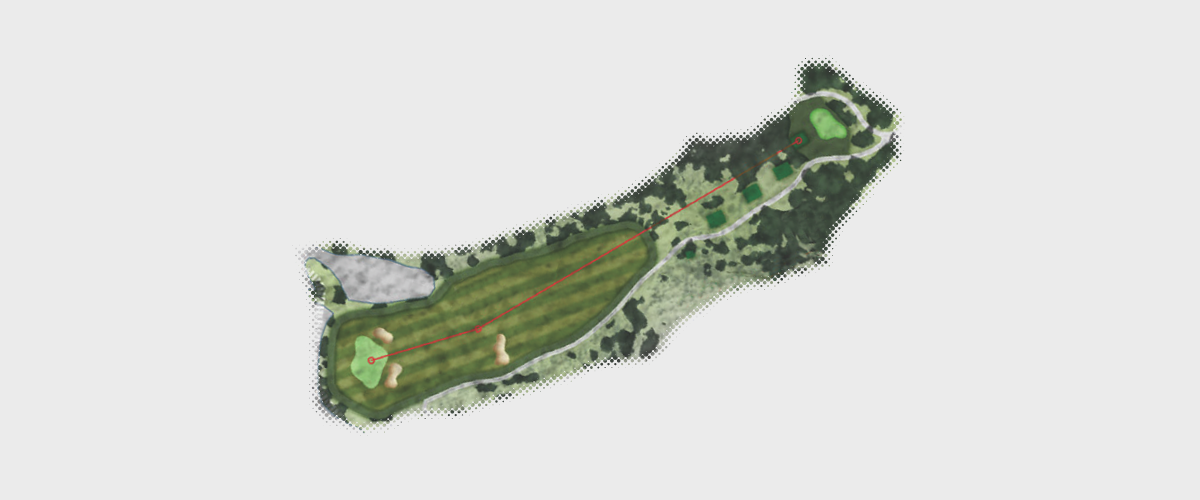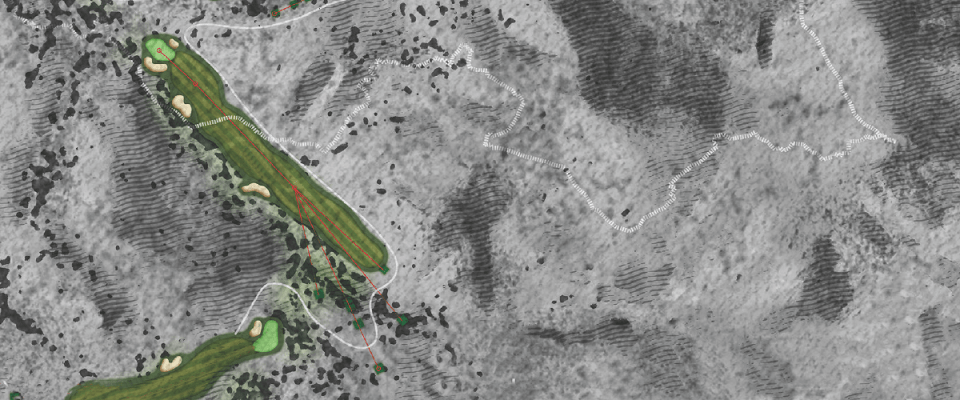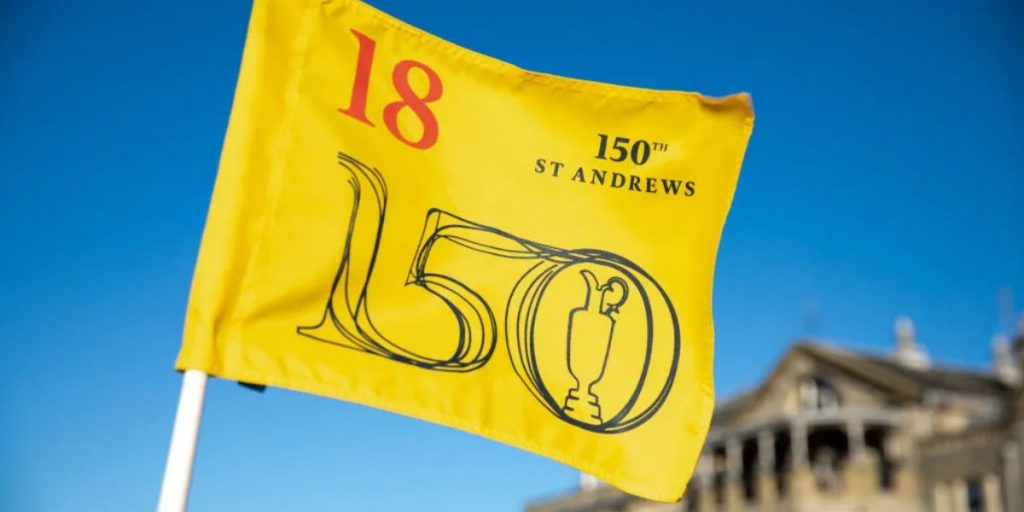


Golf’s Final Major: The Open Championship 2022
The 150th edition of the Open Championship, a.k.a. the British Open, returns to St. Andrews, Scotland for the 30th time July 14 – 17.
Medieval greensward, evolutionary marvel and the undisputed birthplace of golf, the Old Course at St. Andrews is the wellspring from which all other courses are derived. The course that is played today is roughly 125 years old, but the bones of the ancient links can be traced back six centuries. Trodden to hardness by eons of players, she’s a dowdy old gal with thick ankles, but she must be charmed and cajoled to produce a good score. Her designer, after all, is Mother Nature. But there are mitigating factors.
“Nae wind, nae rain, nae golf,” is the old Scottish bromide. It’s especially true on the Old Course, an unmade bed of links that has no defenses against the world’s best players unless the elements act up. A blustery wind off the North Sea, shifting direction throughout the day, is required to test the mettle of the experts. Firm, fast conditions bring the hazards, which can be fearsome, into play. If the Old Course is becalmed for the Open, we may witness the first par-60 round in a major championship. On the other hand, Tour pros, week in and week out, play an aerial game. A links asks for shots to be played along the ground, which calls for touch and imagination.
Tom Doak, the heralded golf course designer who caddied in St. Andrews 40 years ago before entering the profession, has a sound opinion of the game’s seminal links. “The unique challenge of the Old Course is that tactics play just as big a part as execution, because the holes were laid out without any architect’s imposition of ‘correct’ strategy to them at all,” he said. “It is entirely up to you to figure out the optimum line of attack given the conditions of wind, ground and pin position, and weigh the risks accordingly.”
Here’s what to watch for at the sport’s oldest and most venerable championship.
1. Tiger Woods
He skipped the U.S. Open at Brookline to catch his breath and prepare himself for his best chance of winning another major. Like Jack Nicklaus, Woods has won two of his three Claret Jugs at St. Andrews (2000, 2005). The Old Course is old school: it rewards strategists. It’s also a relatively flat links that’s easy to walk. Tiger’s physical prowess may be diminished, but his course management skills are unparalleled. He cannot overpower the links as he once could, but he is crafty enough to safely navigate his way around the Old Course, minimizing mistakes and seizing scoring opportunities. If his surgically repaired leg holds up, expect him to make the cut and possibly contend for the championship. Also competing will be the winners of this year’s previous major championships: Scottie Scheffler (Masters), Justin Thomas (PGA Championship), and Matt Fitzpatrick (U.S. Open). Look for defending champ Collin Morikawa, Rory McIlroy, Will Zalatoris, Cameron Smith, Jon Rahm, Hideki Matsuyama, Shane Lowry, Jordan Spieth and Sam Burns to factor as well.
2. The Layout
The Old Course breaks all the rules. Replete with subtle hollows, mounds and ridges, the gently rolling landscape lacks the kind of visual drama found at TPC Danzante Bay. For first-timers, it is a heaving sea of idiosyncrasies. Because the links was played in reverse for much of its life, many of the approach shots are awkward, imponderable. A few holes, like the first and 18th, have enormous shared fairways. Huge double greens with different colored flags (one for going out, the other for coming in) are a key feature. The deep, sod-walled bunkers, of which there are 112, have names. Like Hell. And the Coffins. The depths of these fiendish sandy pits are sprinkled with little cockleshells, a reminder that the Old Course is a stone’s throw from the beach. Even the world’s best players avoid these hazards like the plague.


3. Key Holes
– Nos. 9 & 10. At the far end of the links are a pair of short and relatively defenseless par 4’s. Players seeking to make time on the Old Course need to birdie one or both of these holes. Here and elsewhere, note that players will often use a putter from well off the green to better control the speed and direction of their approaches. On the Old Course, the fairways are nearly as firm and fast as the greens.
– No. 11. An iconic hole, much imitated throughout the world. Called Eden, this mid-length par 3 plays to a perched, well-defended green tilted from back to front. The green is shared with No. 7. Two deep greenside bunkers, Strath and Hill, gobble errant shots. A steep drop-off behind the green falls to the edge of the Eden River, an estuary of the sea. This is the most scenic but most exposed point on the course. When heavy winds gust in from the sea, this seemingly innocuous par 3 oozes peril.
– No. 14. One of golf’s greatest par fives. Options galore. With an out of bounds rock wall on the right, most players aim for the landing area known as the Elysian Fields, but there are multiple routes to the green on this long, dangerous hole. The main objective is to avoid Hell bunker, which sits ominously in a hollow some 100 yards short of the green. Jack Nicklaus descended into Hell in the 1995 Open Championship and took four strokes to get out of the monstrous 10-foot-deep crater.
– No. 17. The Road Hole. The subtle blend of temptation and fear posed by the Old Course is brought into razor-sharp focus by this treacherous par 4. With a championship on the line, it is the ultimate test of nerve and skill. The drive, played blind, must find a hillocky ribbon of fairway. The target is a long, narrow green raised a yard above the apron, oblique to the line of play. A cone-shaped pit, the murderous Road Bunker, eats into the mid-section of the tabletop green. To the right, the putting surface drops off to a paved lane backed by a stone wall. Pulled shots perish in the sand. Pushed shots end up as road kill. But it’s the devilish bunker, contoured to gather shots well beyond its confines, that can lay a golfing soul to waste. Expect No. 17 to play a crucial role in deciding this year’s Open champion.
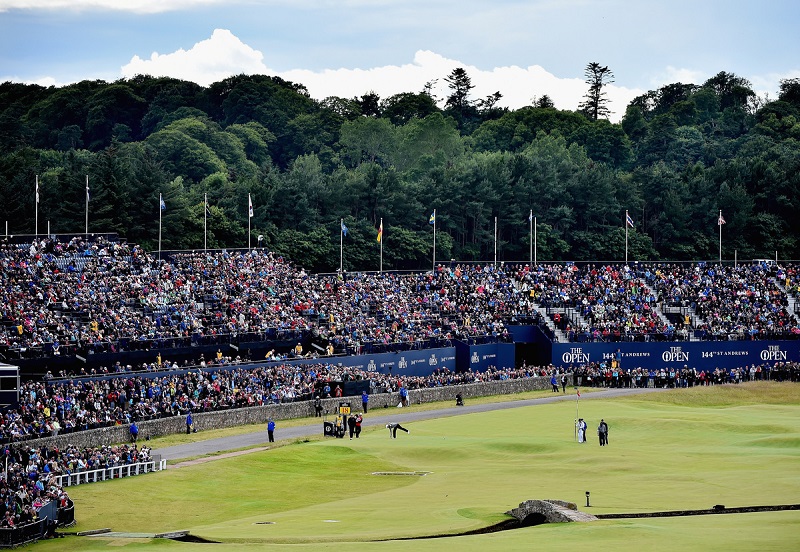

4. The R&A Presentation
After the final putts are holes, stay tuned for the championship presentation by officials of the Royal & Ancient (R&A) in front of their four-square sandstone clubhouse. With appropriate fanfare, the Claret Jug is presented to the “Champion Golfer of the Year.”
![]()
![]()



